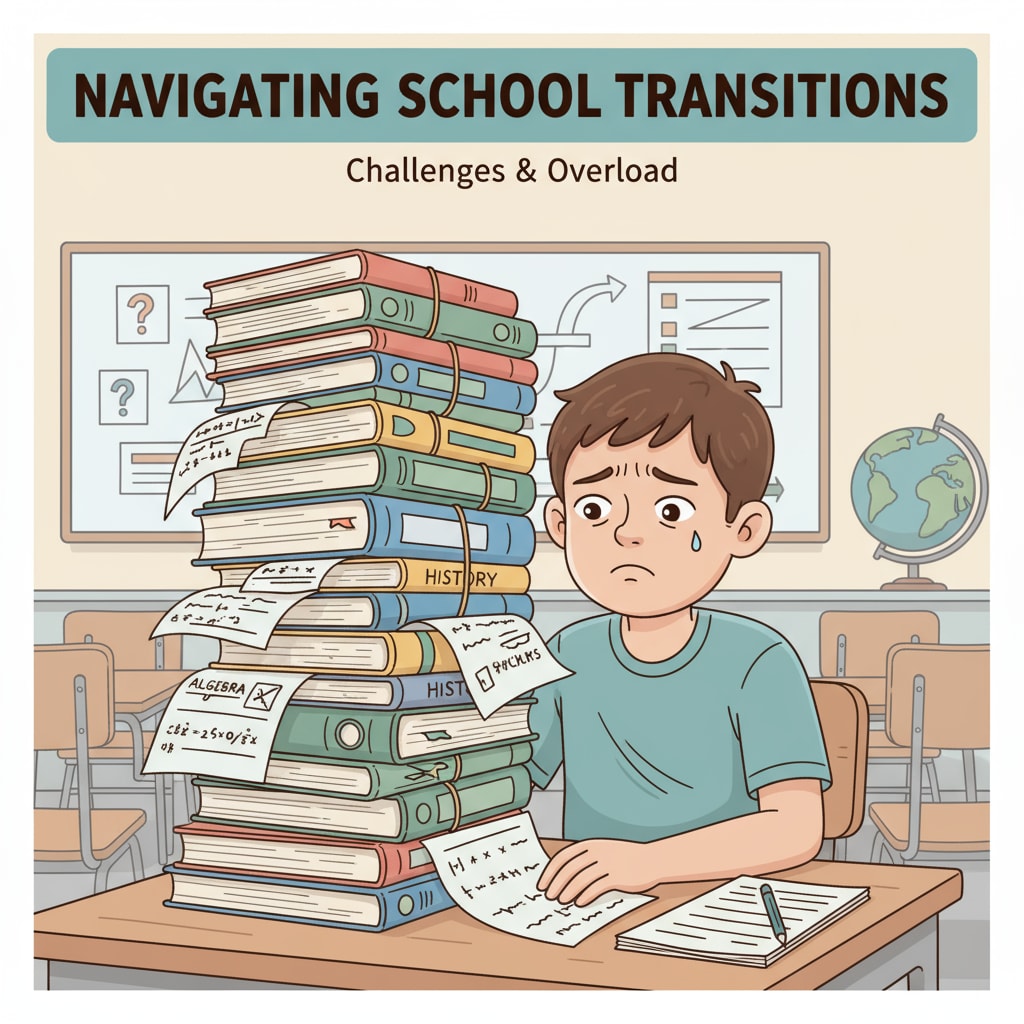School transitions, student adaptation, and educational research are integral aspects of ensuring the successful development of K12 students. The transition periods in a student’s school life can be particularly challenging, as they often involve changes in environment, curriculum, and social dynamics. Understanding how to support students during these times is crucial for their overall well-being and academic success.

Recognizing Students’ Transitional Reactions
When students enter a new phase of their school journey, they may exhibit a wide range of reactions. Some might be excited about the new opportunities, while others could feel anxious or overwhelmed. For example, a student moving from elementary to middle school may struggle with the increased workload and more complex social structures. Educational research has shown that early identification of these reactions is key. Teachers and parents should look out for signs such as changes in behavior, academic performance, or social interactions. By being observant, they can intervene promptly and provide the necessary support.

Implementing Effective Support Measures
Once the students’ transitional reactions are recognized, it’s essential to implement support measures. One effective strategy is to provide orientation programs. These can familiarize students with the new school environment, introduce them to teachers and classmates, and explain the rules and expectations. In addition, mentorship programs can be highly beneficial. Pairing new students with older, more experienced peers can help them feel more comfortable and navigate the new school more easily. Moreover, academic support should be readily available. Tutoring sessions or study groups can assist students in catching up with the curriculum and building confidence in their academic abilities.
Creating Inclusive Learning Environments is also a crucial aspect. A positive and inclusive environment can significantly enhance student adaptation. Teachers can encourage collaboration and teamwork among students, which helps build friendships and a sense of belonging. Additionally, celebrating diversity in the classroom, including different cultures, backgrounds, and learning styles, can make every student feel valued. This, in turn, reduces feelings of alienation and promotes better adaptation during school transitions.
Readability guidance: This article uses short paragraphs and lists to summarize key points. Each H2 section provides practical strategies. Passive voice and long sentences are controlled, and transition words are used throughout to enhance readability.


